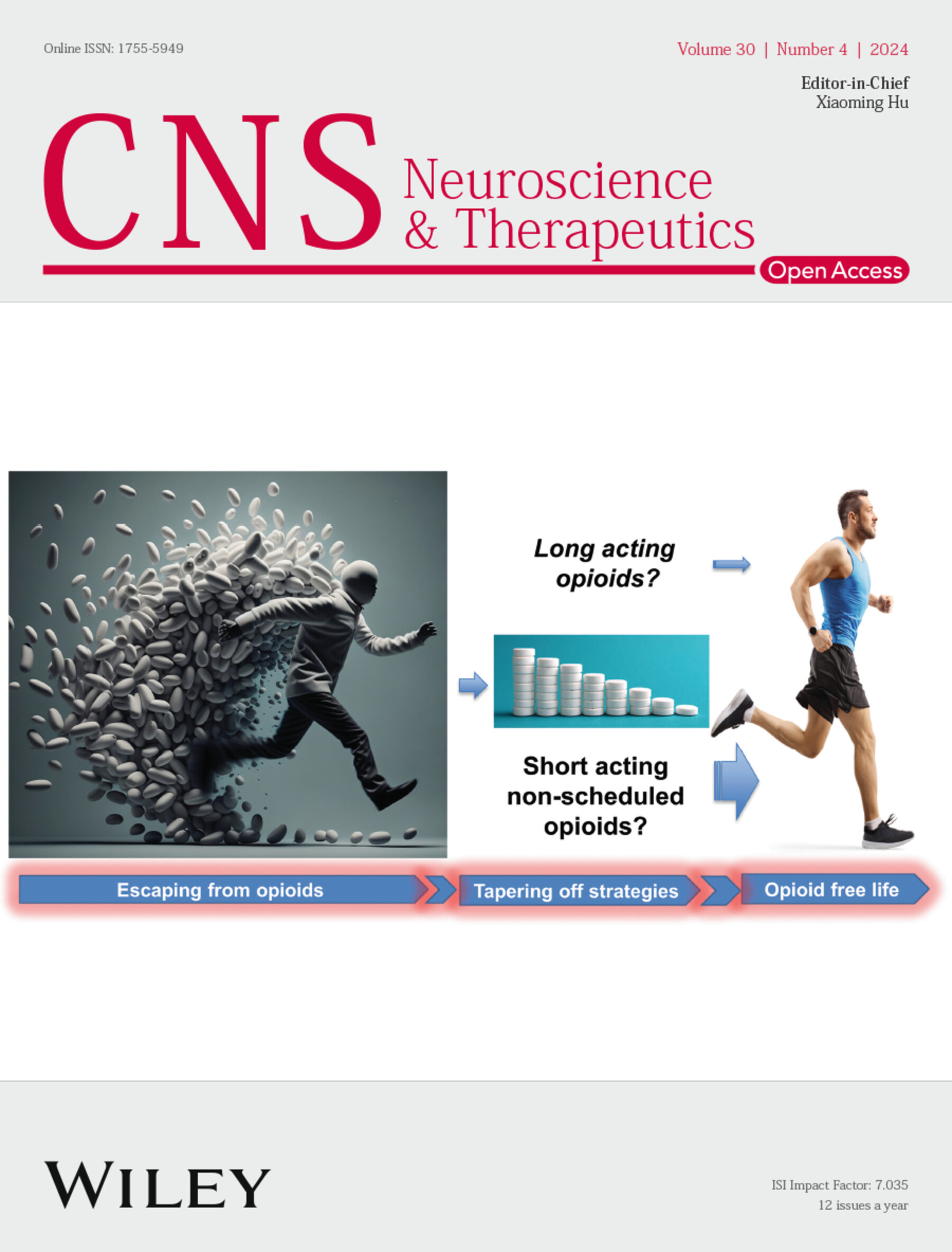Clinical and Functional Connectivity Markers in Prediction of Hallucinations in Parkinson's Disease
Abstract
Aims
Longitudinal studies addressing the predictive value of brain network connectivity in PD hallucinations are lacking. This study investigated whether functional connectivity markers could predict PD hallucinations independently of clinical markers.
Methods
This study used data from the Parkinson's Progression Marker Initiative, a longitudinal multicenter study that aims to identify biomarkers of PD progression. One hundred and three newly diagnosed PD patients (mean age 63.10 ± 9.70 years, 65 males) underwent clinical assessments and functional MRI scanning at baseline. Independent component analysis was used to explore intra-network and inter-network functional connectivity differences between PD patients who developed hallucinations and those who did not during the 2-year follow-up.
Results
Twenty patients developed hallucinations during the follow-up. At baseline, significantly decreased connectivity within the dorsal attention network (t = −6.65 ~ −4.90, p < 0.05, FWE corrected) and increased connectivity within the default mode network (t = 6.16 ~ 7.78, p < 0.05, FWE corrected) were detected in PD patients who developed hallucinations compared to those who did not. Additionally, PD patients with hallucinations exhibited significantly decreased functional connectivity between the dorsal attention network and the visual network at baseline (t = −3.31, p = 0.02, FWE corrected). Binary regression analysis revealed that significant predictors of PD hallucinations included the presence of EDS (OR = 6.928, p = 0.022), the presence of autonomic dysfunction (OR = 6.531, p = 0.012), FC within the DMN (OR = 5.587, p = 0.006), FC within the DAN (OR = 0.217, p = 0.041), and FC between the DAN and VIS (OR = 0.004, p = 0.019) at baseline.
Conclusions
The findings provide evidence that disrupted brain network connectivity is associated with a greater risk of future hallucinations in PD. This may aid in the early identification of PD patients at risk of hallucinations and provide a basis for the development of new therapies.


 求助内容:
求助内容: 应助结果提醒方式:
应助结果提醒方式:


